Indiana Jones and the Great Circle PC system requirements and specs: Can you run it?
Can your PC run the new Indiana Jones game? (Spoiler: Probably not)
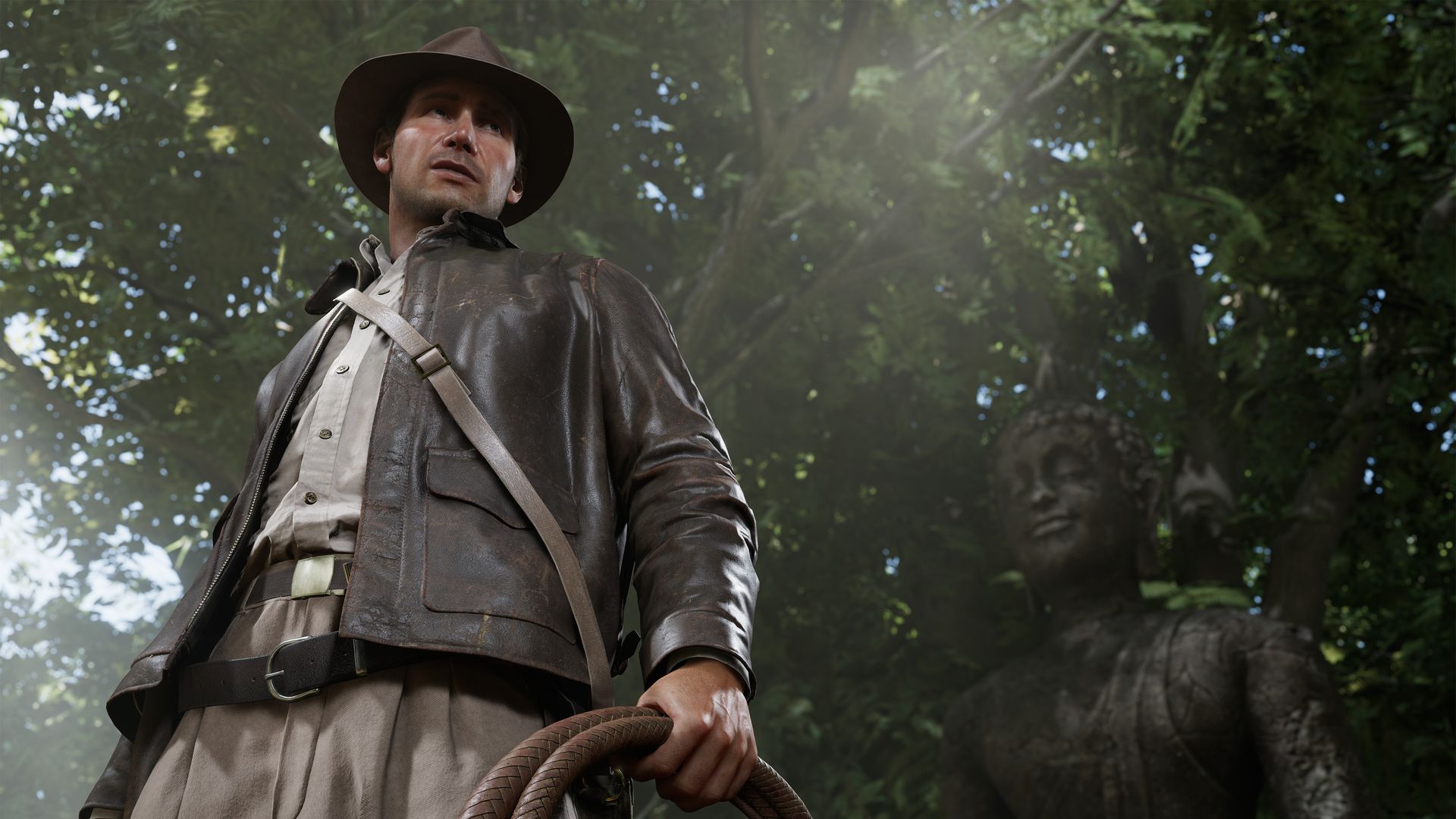
Microsoft and Xbox Game Studios have put out a handful of great exclusive games on Xbox, Windows PC, and Xbox Game Pass this year, but what is arguably the publisher's most significant 2024 title is still a few days away from launch. That game is Bethesda and MachineGames' Indiana Jones and the Great Circle, and when it comes out on December 9, it will stand as one of the biggest new games available to play over the holidays.
Given that it's developed by the same team responsible for the popular modern Wolfenstein games and that it's the first new Indiana Jones game on console and PC since 2009, it's not surprising that tons of folks are excited to play the Great Circle when it releases. If you're using the latter platform, though, it's important to check its minimum requirements and recommended specs to make sure your PC can actually run this new Indiana Jones adventure.
Luckily, the Great Circle's official PC specs and system requirements have recently been revealed, and in the guide below, you'll find a full list of them. On top of that, I've also explained how you can check what hardware you have and included links to tips and recommendations for PC upgrades.
Indiana Jones PC requirements and specs
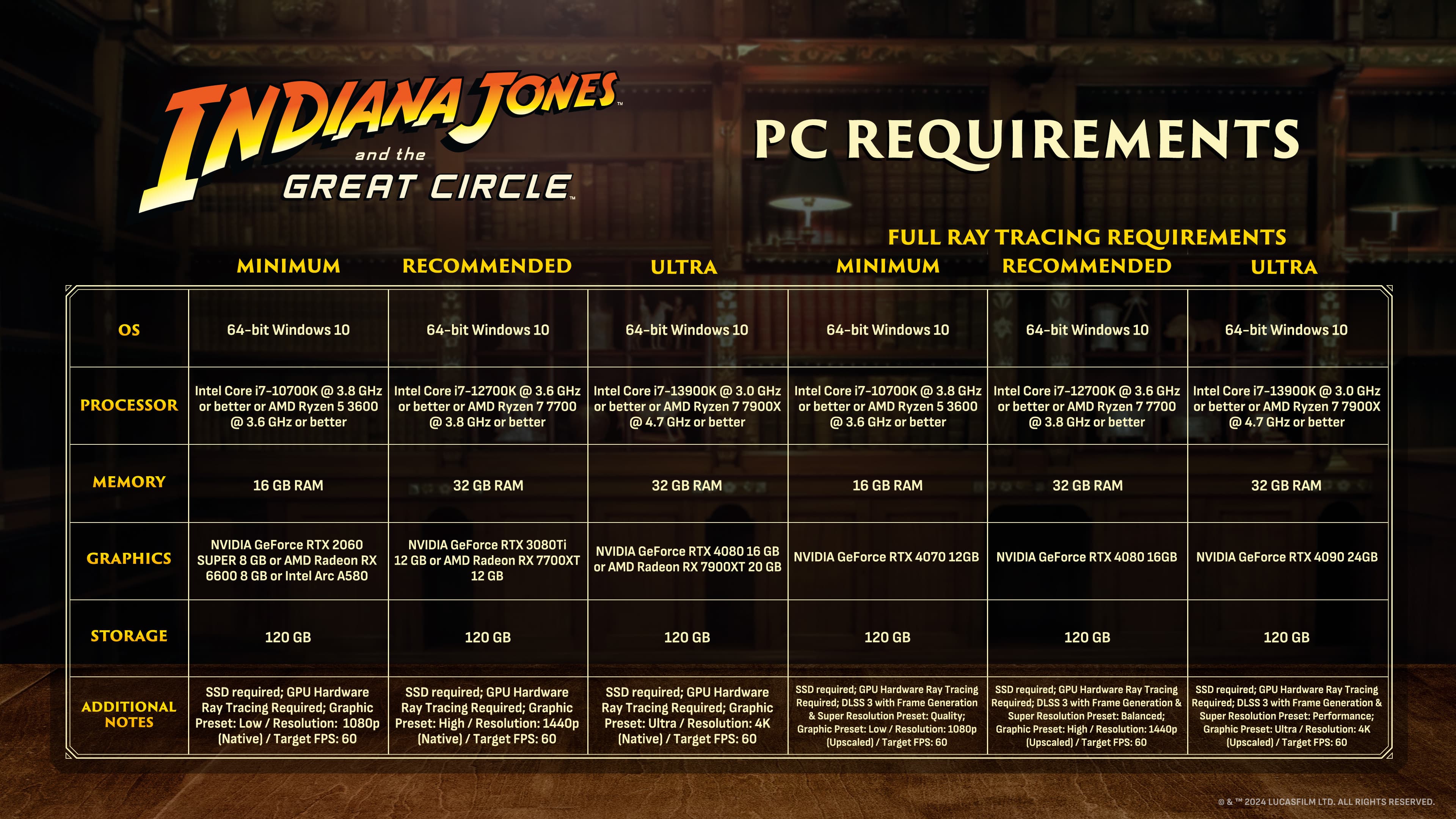
A few days ahead of the release date for Indiana Jones and the Great Circle, its developers have released official minimum requirements and recommended PC specs for the action-adventure title. They can be viewed in the image above as well as in the tables below, along with some commentary on their highlights and how they compare to other modern games.
Indiana Jones minimum requirements
Indiana Jones and the Great Circle's minimum requirements are considered to be the bare minimum you'll need in order to run the game and have a decent experience playing it. The regular minimum requirements will net you 60 FPS performance on native 1080p while using Low settings, while the ones for full ray tracing will give you the same framerate when using DLSS 3 to upscale to 1080p and generate extra frames while playing on Low.
| Minimum requirements (1080p Native, 60 FPS, Low) |
| OS: 64-bit Windows 10 |
| CPU: Intel Core i7-10700K or AMD Ryzen 5 3600 |
| GPU: NVIDIA GeForce RTX 2060 SUPER 8GB or AMD Radeon RX 6600 8GB or Intel Arc A580 |
| RAM: 16GB |
| Storage: 120GB SSD |
| Additional notes: Hardware ray tracing required |
| Minimum requirements (1080p Upscaled, 60 FPS, Low, Full Ray Tracing) |
| OS: 64-bit Windows 10 |
| CPU: Intel Core i7-10700K or AMD Ryzen 5 3600 |
| GPU: NVIDIA GeForce RTX 4070 12GB |
| RAM: 16GB |
| Storage: 120GB SSD |
| Additional notes: Hardware ray tracing required; DLSS 3 Quality preset w/ Frame Generation |
Indiana Jones recommended and Ultra specs
If you want to play Indiana Jones and the Great Circle at higher resolutions with more graphically intensive settings while still achieving a smooth 60 FPS, you'll need recommended and/or Ultra-level specs. The recommended hardware is good enough for 1440p gaming on High settings, while Ultra specs are for 4K and Ultra settings. Like the minimum requirements did, the requirements for full ray tracing at these performance levels throw DLSS 3 into the mix and list more expensive graphics cards.
| Recommended specs (1440p Native, 60 FPS, High) |
| OS: 64-bit Windows 10 |
| CPU: Intel Core i7-12700K or AMD Ryzen 7 7700 |
| GPU: NVIDIA GeForce RTX 3080 Ti 12GB or AMD Radeon RX 7700XT 12GB |
| RAM: 32GB |
| Storage: 120GB SSD |
| Additional notes: Hardware ray tracing required |
| Recommended specs (1440p Upscaled, 60 FPS, High, Full Ray Tracing) |
| OS: 64-bit Windows 10 |
| CPU: Intel Core i7-12700K or AMD Ryzen 7 7700 |
| GPU: NVIDIA GeForce RTX 4080 16GB |
| RAM: 32GB |
| Storage: 120GB SSD |
| Additional notes: Hardware ray tracing required; DLSS 3 Balanced preset w/ Frame Generation |
| Ultra requirements (4K Native, 60 FPS, Ultra) |
| OS: 64-bit Windows 10 |
| CPU: Intel Core i9-13900K or AMD Ryzen 9 7900X |
| GPU: NVIDIA GeForce RTX 4080 16GB or AMD Radeon RX 7900XT 20GB |
| RAM: 32GB |
| Storage: 120GB SSD |
| Additional notes: Hardware ray tracing required |
| Ultra requirements (4K Upscaled, 60 FPS, Ultra, Full Ray Tracing) |
| OS: Windows 10 x64, Windows 11 x64 |
| CPU: Intel Core i9-13900K or AMD Ryzen 9 7900X |
| GPU: NVIDIA GeForce RTX 4090 24GB |
| RAM: 32GB |
| Storage: 120GB SSD |
| Additional notes: Hardware ray tracing required; DLSS 3 Performance preset w/ Frame Generation |
Good lord.
Get the Windows Central Newsletter
All the latest news, reviews, and guides for Windows and Xbox diehards.
Based on these requirements, Indiana Jones and the Great Circle looks to be one of the most demanding video games ever made, and I expect many PC gamers will struggle getting it to run well on their system. The need for an RTX 3080 Ti just to hit 60 FPS on 1440p High is indicative of how difficult it will be to play, and has me nervous about my own setup since I play with an RTX 4070 Ti SUPER on an ultrawide monitor; the RTX 4090 requirement for full ray tracing at 4K Ultra is also a rare sight, and confirms that you'll only be able to enjoy the Great Circle with maxed out settings if you've got a tricked out enthusiast-level rig.
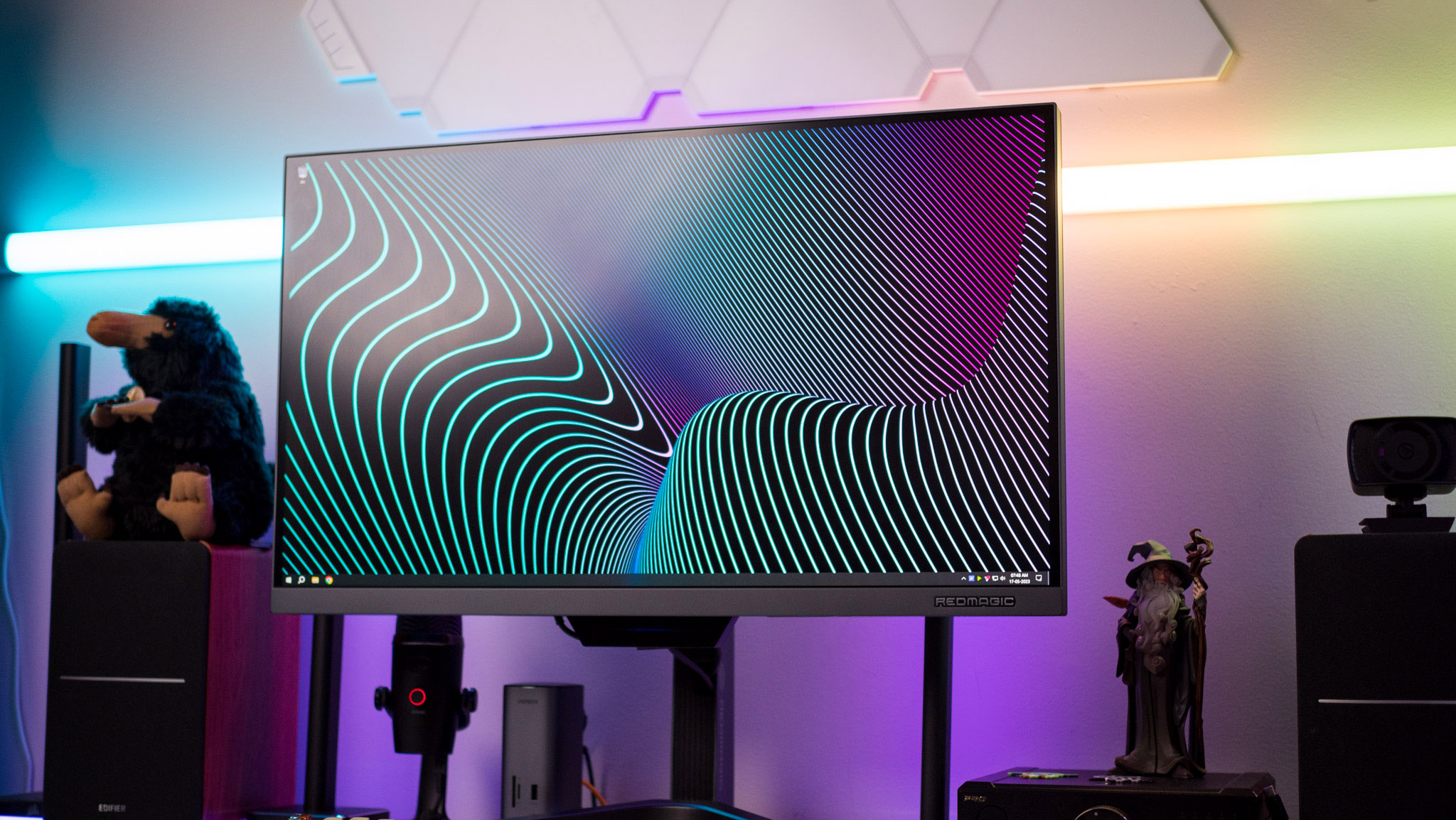
• Best Xbox / PC headsets in 2024
• Best upcoming Xbox / PC games
• Best Xbox controllers
• Best Xbox accessories
• Best small gaming PCs
• Best gaming laptops in 2024
Something worth noting is that 60 FPS is the performance target across every spec listed, which means that if you want to reach a higher framerate while playing with the recommended or Ultra-tier hardware, you'll have to either turn some settings down or employ resolution upscaling. Given that they already take DLSS upscaling and frame generation into account, though, this might be next-to-impossible to achieve with full ray tracing.
Speaking of ray tracing, something rather controversial about Indiana Jones and the Great Circle is that it can't be played without a ray tracing-capable GPU — a limitation that indicates it has a form of forced partial ray tracing. This will frustrate players still using graphics cards from before 2018, and sadly, there's no way to get around this requirement. The game also needs a solid-state drive (SSD), though the overwhelming majority of modern systems use them instead of aging hard disk drives (HDDs) already.
Put simply, Indiana Jones' PC requirements are brutal, and there's a good chance you'll need to either get a brand new rig or upgrade your existing one if you want to play it. For some suggestions and recommendations regarding that process, make sure you check out the below sections.
Is Indiana Jones and the Great Circle coming to Mac?
Most developers don't bring their games to Mac due to performance issues and the small size of the gaming community on Apple's hardware, and there's no reason to believe Indiana Jones and the Great Circle will come to the platform, either. That could change in the future, but it's very unlikely.
How to check your PC specs
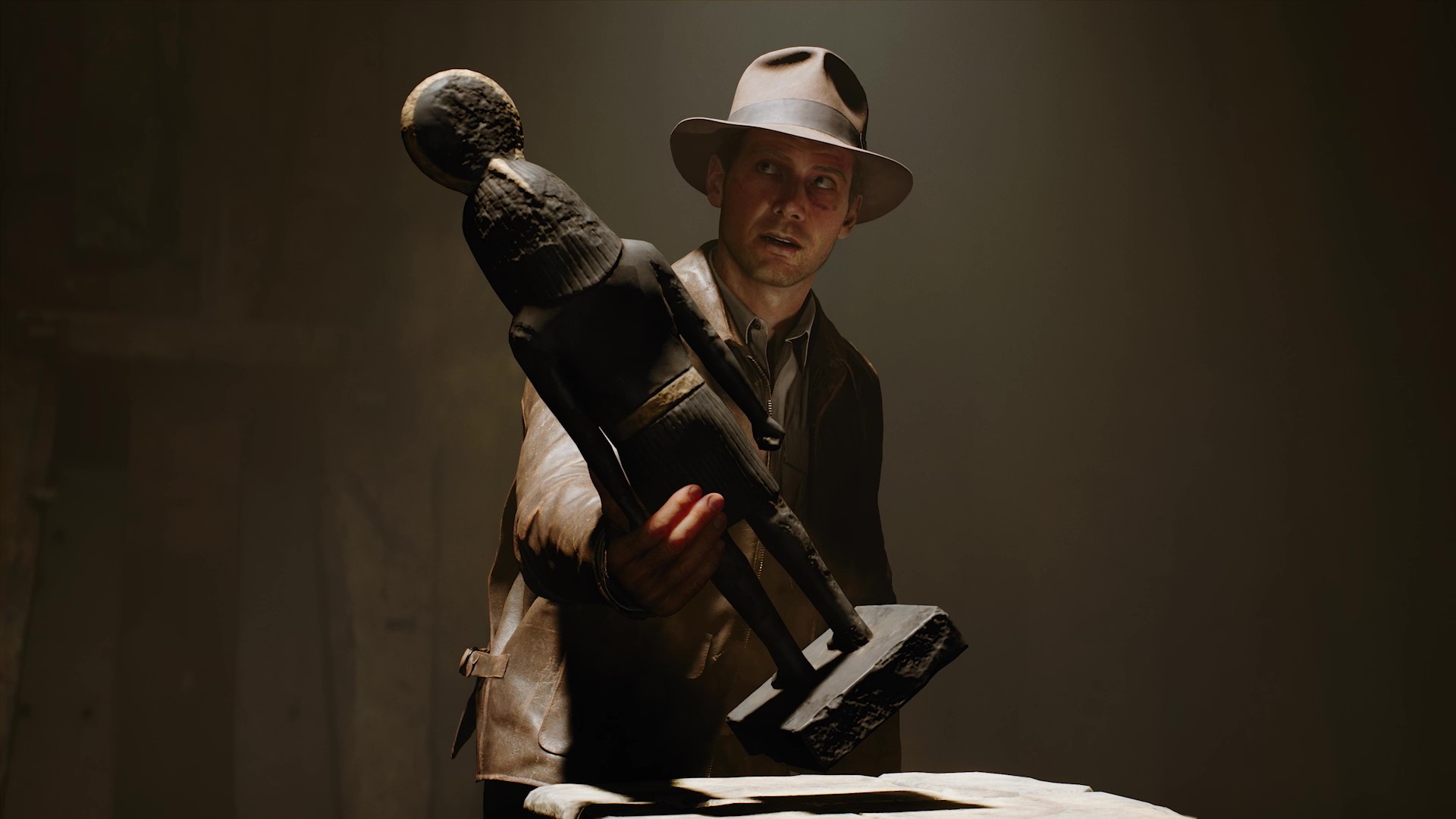
Now that you're aware of the kit you'll need to have a good time playing Indiana Jones, the next step is figuring out if your PC meets those requirements or if you need to either buy a new system or improve the one you have. Sadly, it's likely you'll need to do the former unless you've got a high-end rig already, but you'll probably be good to go if you do.
Thankfully, checking the hardware in your PC is very easy and quick to do, and simply requires running Windows' DirectX Diagnostic Tool (dxdiag). Here's how to do that:
Click the Windows button on the taskbar.
Type dxdiag in the taskbar.
Click dxdiag to see your PC's specifications.
Select the System tab for your component details relating to memory, processors, and Windows version.
Click on Display tab for GPU details.
How to upgrade your PC for Indiana Jones
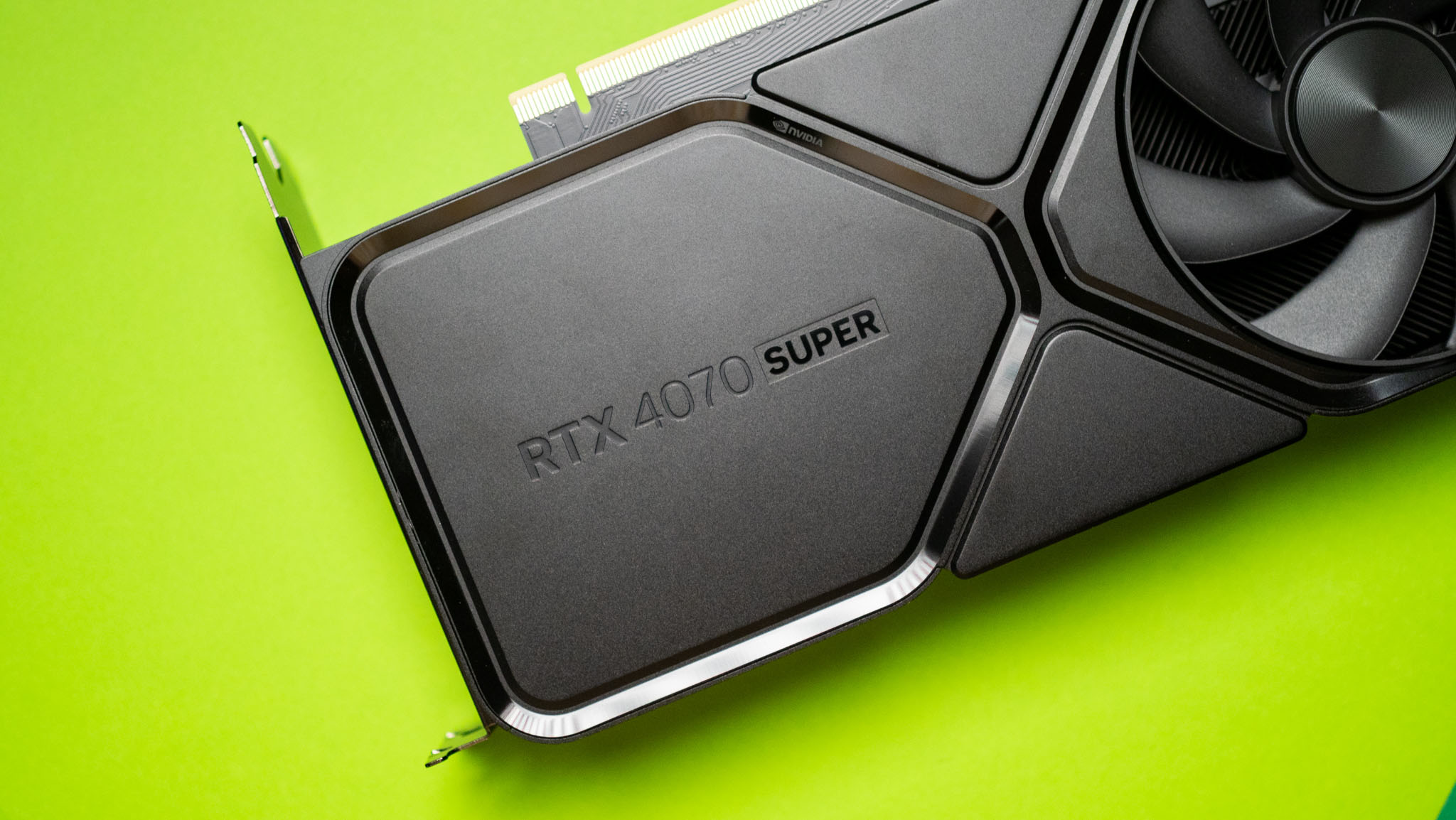
Due to how demanding Indiana Jones and the Great Circle's system requirements are, many PC gamers will need to upgrade their rig, purchase components to build a new one, or buy a powerful pre-built system or gaming laptop to play it. No matter how you choose to approach solving this problem, be sure to check out the list of links I've included below that will take you to various guides, tips, and suggestions about everything from picking out the best components to putting them all together or choosing a pre-built desktop to use.
- Recommendations: Best pre-built gaming PCs | Best gaming laptops
- Memory: How to upgrade and install RAM in a laptop | How to upgrade and install RAM in a desktop
- Storage: Best SSD for PC | How to upgrade laptop HDD to SSD | Tips to free up space on Windows 11
- CPU: Best CPU for your PC | How to install an Intel CPU in your PC
- GPU: Best graphics cards | How to install a new graphics card
- Overall tips: How to build your PC the right way
Can Indiana Jones run on gaming handhelds?
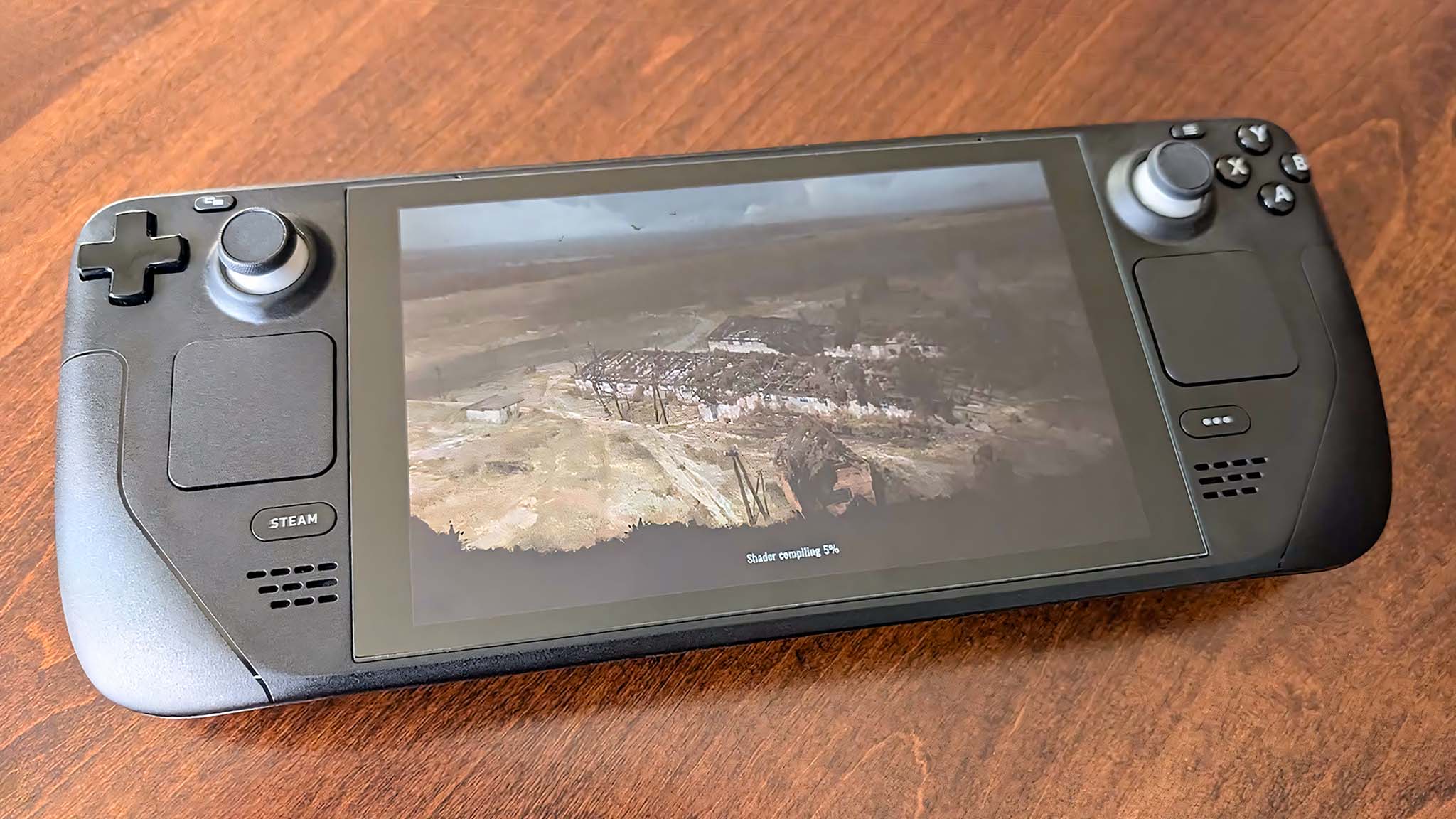
Many new games are now developed with gaming handheld devices in mind as well as traditional desktops and laptops, as they've exploded in popularity in recent years. The Steam Deck's 2022 release brought the then-niche form factor into the limelight, and in the years that followed, ASUS, Lenovo, MSI, and others have all developed attractive and capable handhelds of their own.
You can probably already guess the answer if you've read the rest of this article, but even so, read on if you're a gaming handheld user curious if you'll be able to jump into Indiana Jones and the Great Circle on your system.
Is Indiana Jones Steam Deck compatible?
Indiana Jones' official Steam Deck compatibility is "Unknown" right now, but frankly, the chances of the game running well on Valve's handheld are basically zero with extremely demanding hardware requirements like these. There's always a chance it might run OK; there's no way to know for sure until it's tested, after all. Still, I would not buy this game expecting to play it on your Steam Deck.
Can you play Indiana Jones on ROG Ally, Legion Go, or other gaming handhelds?
The ASUS ROG Ally, Lenovo Legion Go, and the newer ROG Ally X are all considerably more powerful than the Steam Deck is, so there's an OK chance Indiana Jones and the Great Circle will be playable on these handhelds. The odds still aren't in their favor, though, so wait for performance reviews before buying.
Is your PC ready for the Indy's next adventure?
Indiana Jones and the Great Circle is now less than a week away, but while it's easy to get swept up in all the hype for the first big Indy game in 15 years, it's crucial that you ensure your PC can play it. Therefore, make sure you refer to the system requirements above, use the dxdiag program to compare them to the hardware in your rig, and make any necessary upgrades to your PC specs before buying the title.
Indiana Jones and the Great Circle is scheduled to launch on Dec. 9, 2024 across Xbox Series X|S and Windows PC, with a PlayStation 5 version coming in 2025. Like all Xbox first-party games, it's included in Xbox Game Pass Ultimate and PC Game Pass. Anyone that buys the Premium Edition of the game gets three-day early access. For more information, consult our Indiana Jones and the Great Circle preorder guide.
Indiana Jones and the Great Circle
Indy is back, and he'll need all his wits in order to solve a mystery spanning the Earth. As usual, nefarious Nazis stand in his way, but that's nothing his whip and revolver can't solve. Ancient puzzles? Easy! Snakes? Well...we'll see.
Buy Standard Edition: Amazon | Best Buy | Xbox | Steam
Buy Premium upgrade: Best Buy | Xbox | Steam
Buy Premium Edition: Amazon | Best Buy | Xbox | Steam
Brendan Lowry is a Windows Central writer and Oakland University graduate with a burning passion for video games, of which he's been an avid fan since childhood. He's been writing for Team WC since the summer of 2017, and you'll find him doing news, editorials, reviews, and general coverage on everything gaming, Xbox, and Windows PC. His favorite game of all time is probably NieR: Automata, though Elden Ring, Fallout: New Vegas, and Team Fortress 2 are in the running, too. When he's not writing or gaming, there's a good chance he's either watching an interesting new movie or TV show or actually going outside for once. Follow him on X (Twitter).
-
GraniteStateColin While I completely understand frustration if a relatively recent PC with a fairly high-end graphics card won't run a new game without turning down the graphics settings, I'm glad to see games start to require ray tracing. That's the current frontier in gaming that's needed for the next wave of graphical fidelity. The problem, unlike framerate, resolution, and many other settings, which can just be turned down or off on lesser hardware, is that until developers can count on all PC's that will run their game supporting sufficient ray tracing, they need to bake in manual lighting solutions, which takes a HUGE amount of effort and work to do manually. Ray tracing and path tracing do a better job and do this automatically. But if any systems can't support ray tracing, they need to spend (waste) all that time doing it manually.Reply
So we really need to all be rooting for the end of ANY gaming PCs that can't support sufficient ray tracing so that basic ray tracing serves as the baseline system for any game that requires lighting effects. This will finally free developers of this albatross of manual lighting solutions.
Sadly, ray tracing tech is still so nascent that really something like a 4070 is probably about the lowest level graphics card that can handle it well (I only have a 3060, so I'm not there myself, partly because I mainly game on Xbox these days). AMD doesn't make any cards that do ray tracing well (which is also a problem for Xbox, hopefully they'll solve this in time for the next gen model). Not too sure about Intel's ARC, but I think it's closer to AMD than Nvidia. So games like this new Indiana Jones game really help push the envelope, forcing AMD and Intel to focus more on ray tracing over just plain pixel moving and encouraging Nvidia to push the good tech down to their cheaper higher volume cards.
As a historical precedent, back in the '90s, Wing Commander led to a whole new generation of gaming PCs because it was so demanding that most existing PCs couldn't play it. But it was also the best action game of its time, so people were willing to upgrade to play it. The next generation of games all took advantage of that new hardware and were much better than they could have been if it weren't for Wing Commander motivating everyone to upgrade. I hope this new Indy game is good enough to have that same effect finally getting everyone to adopt ray-tracing tech.


